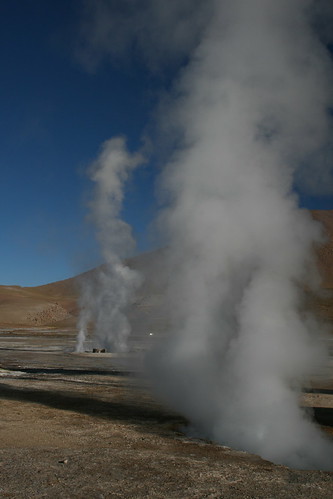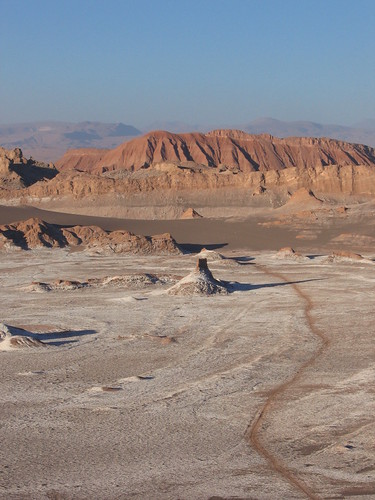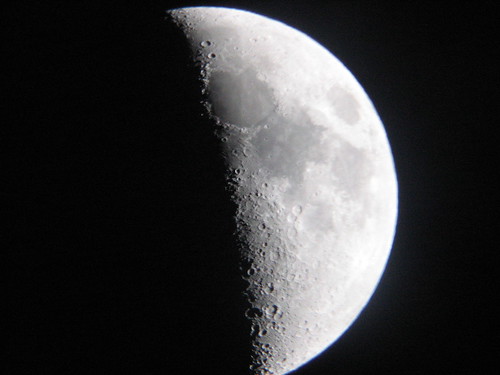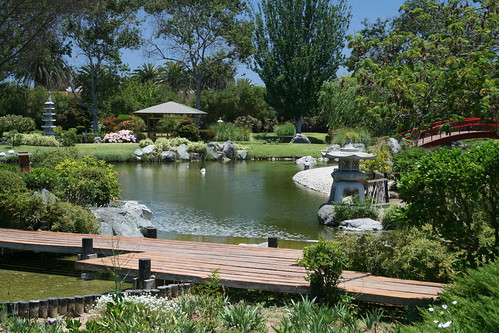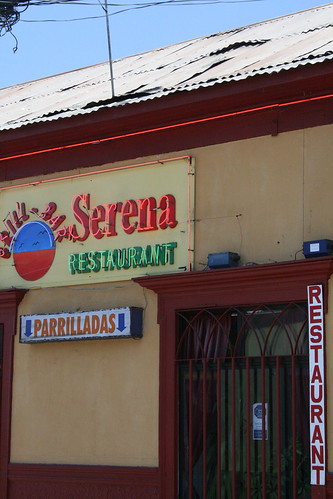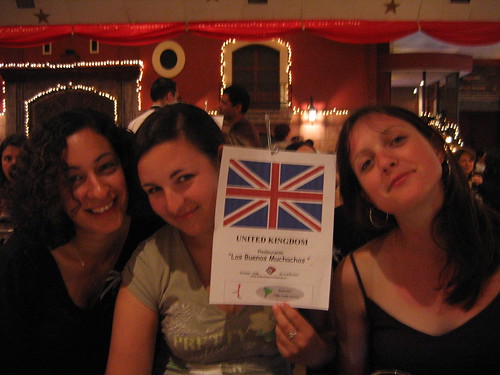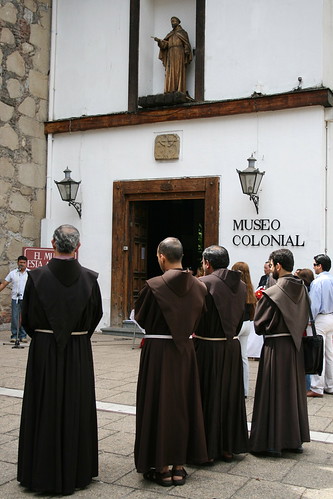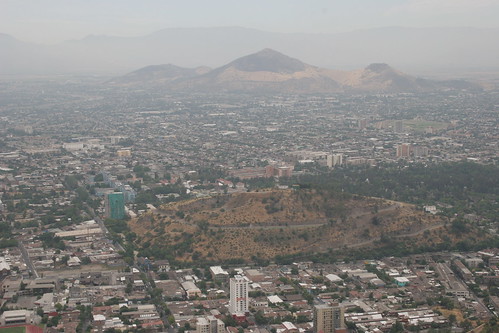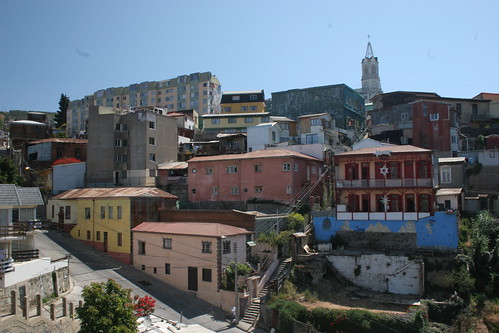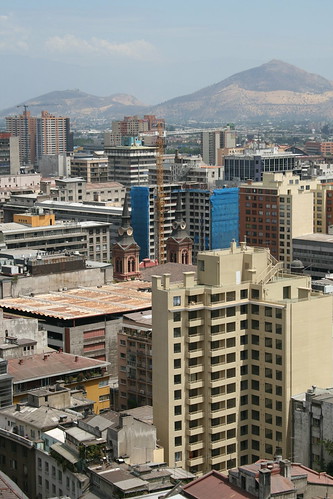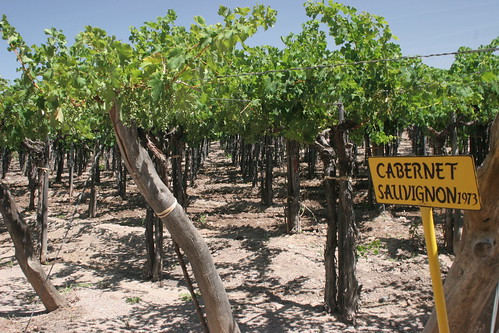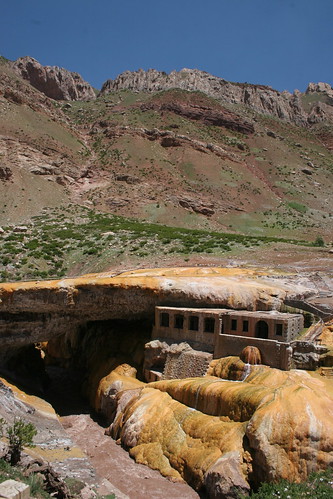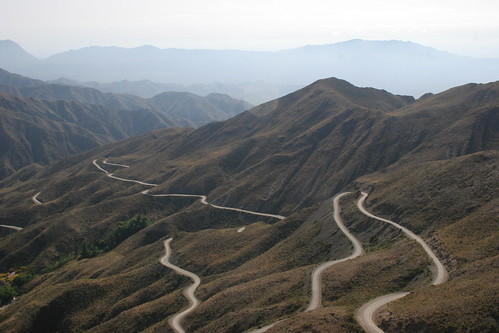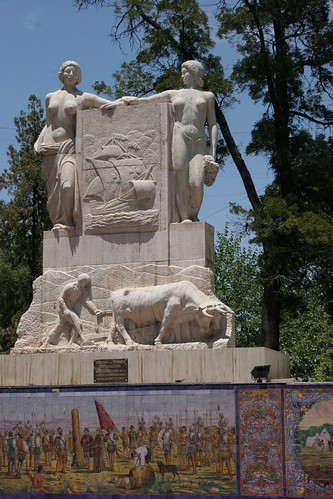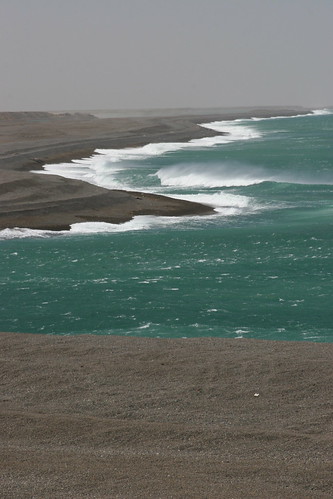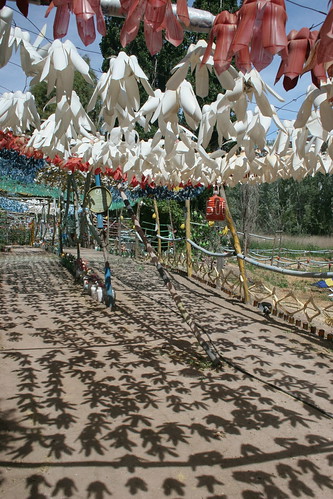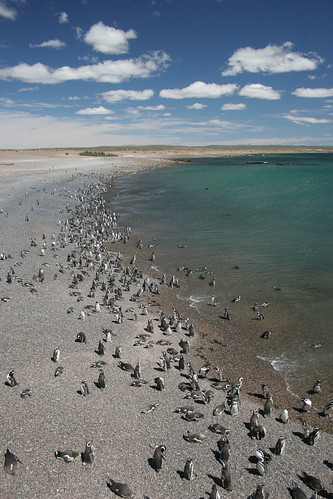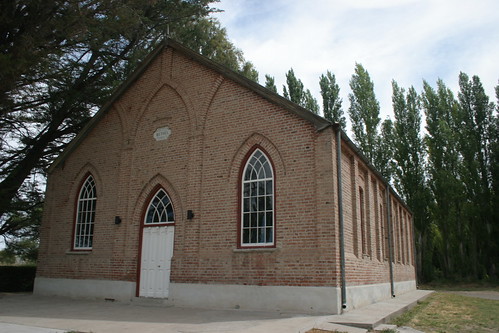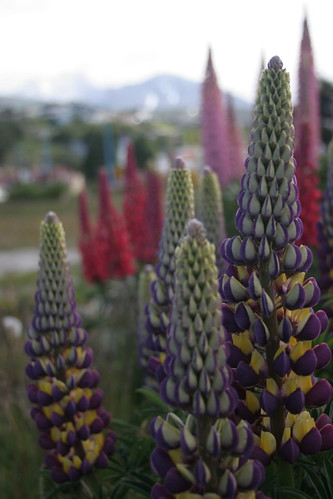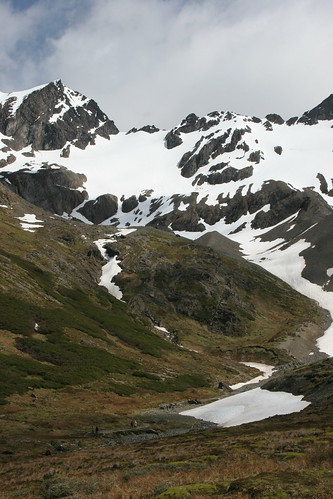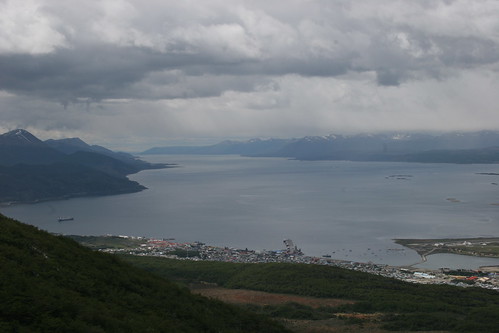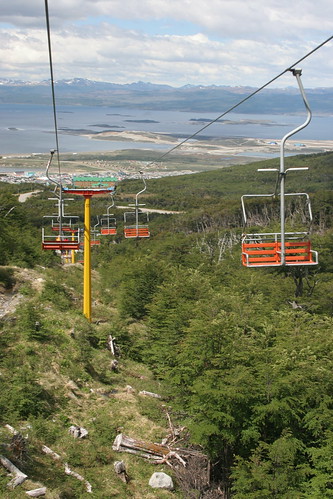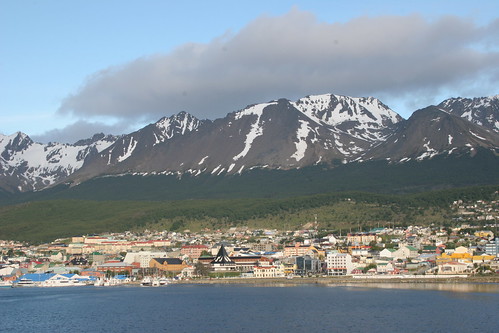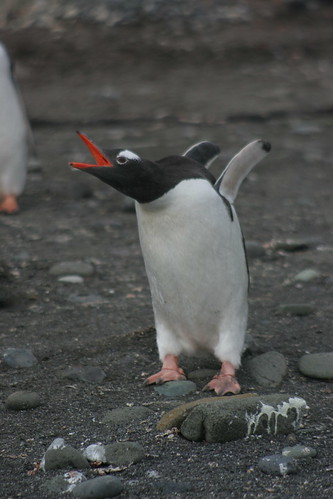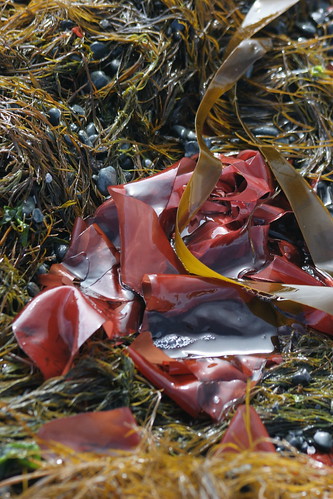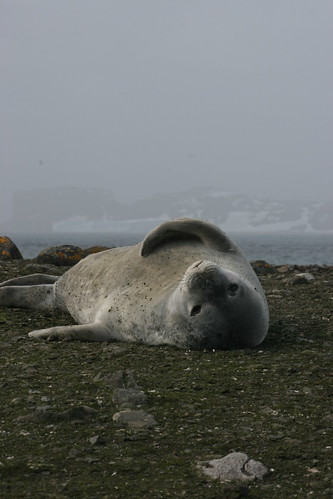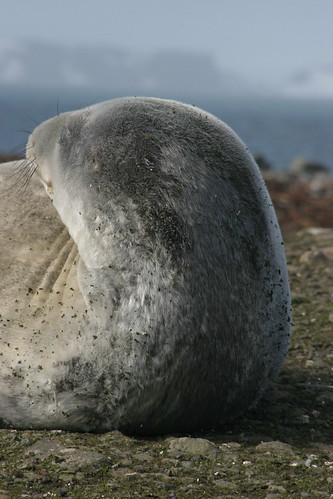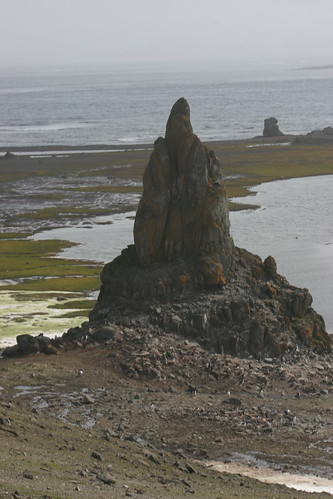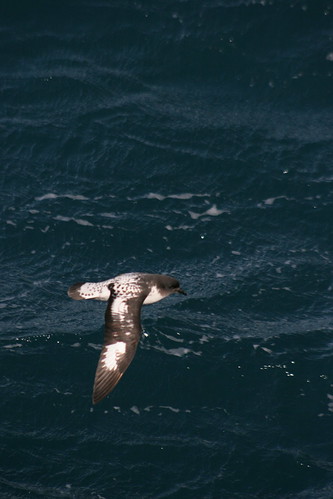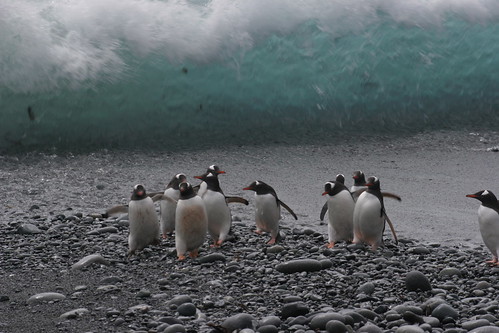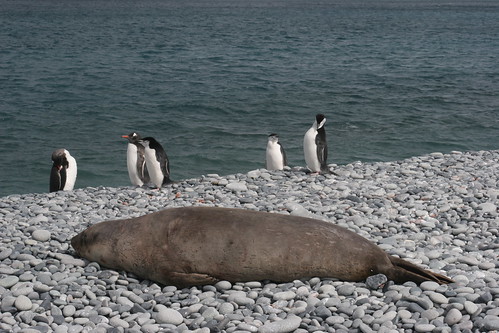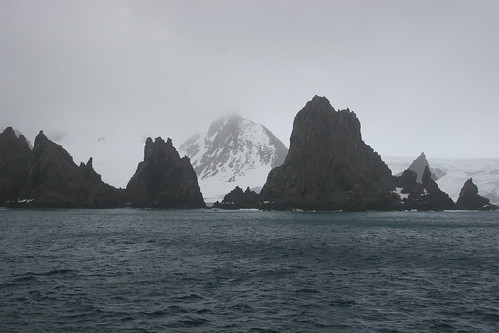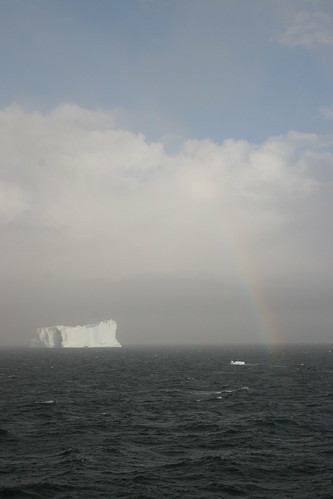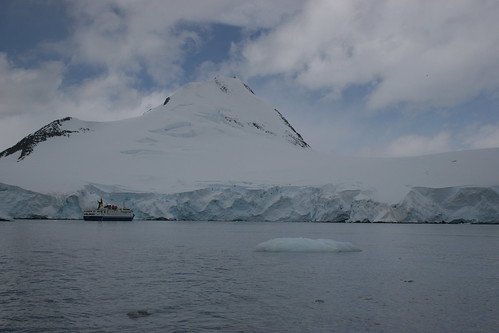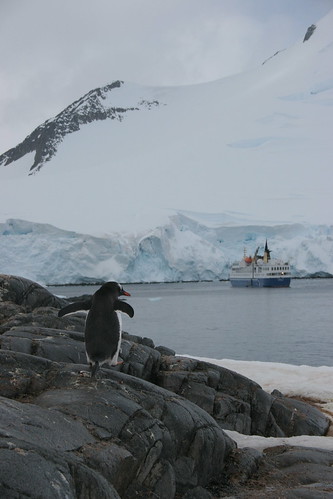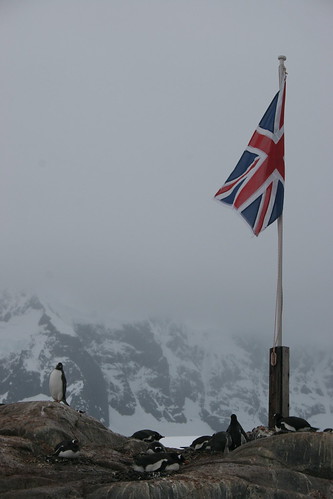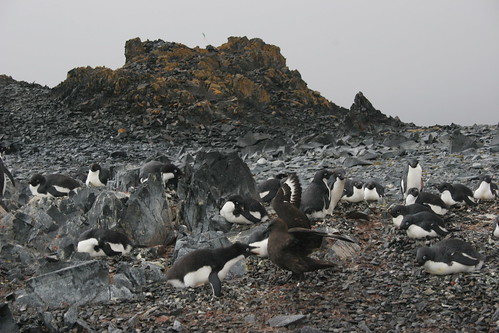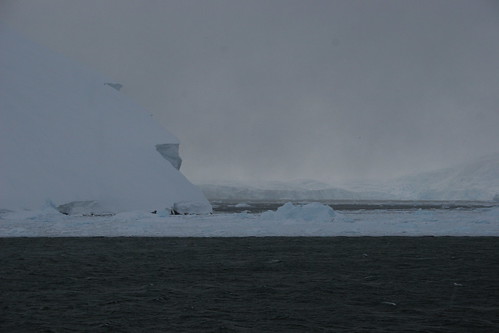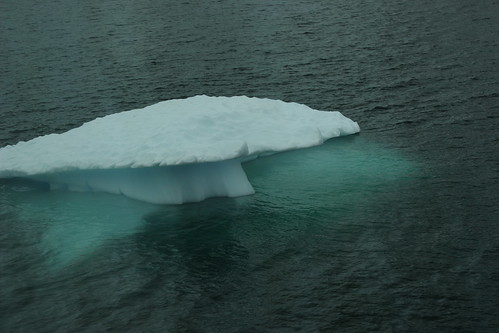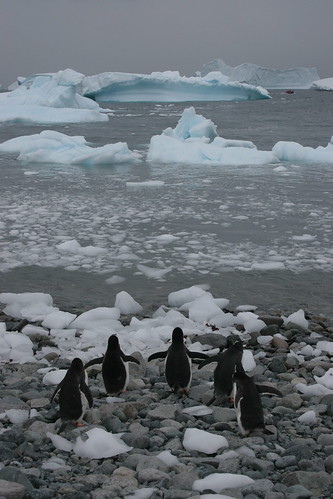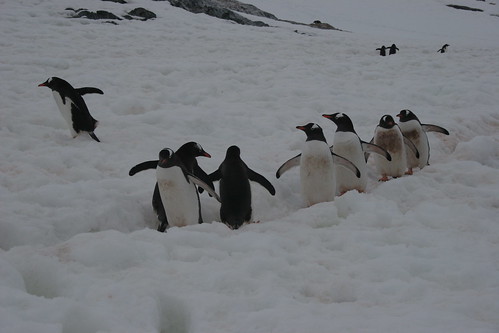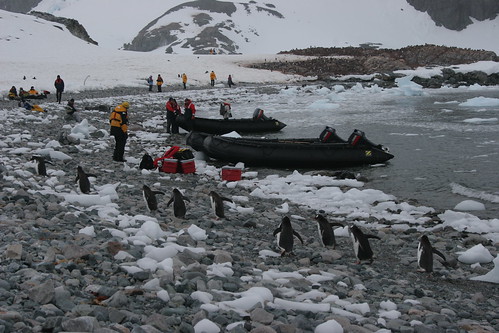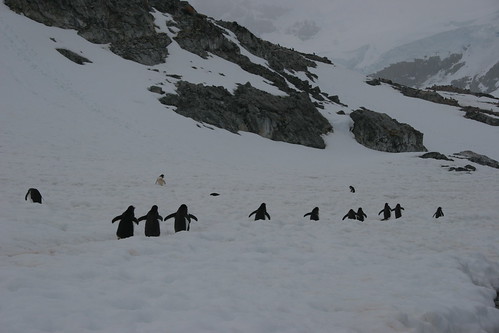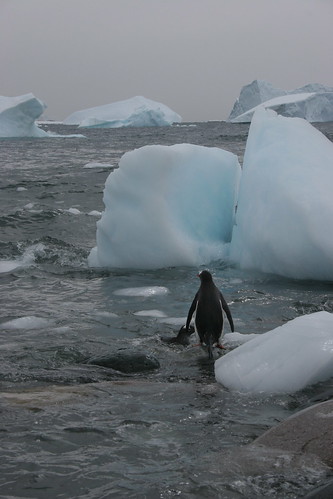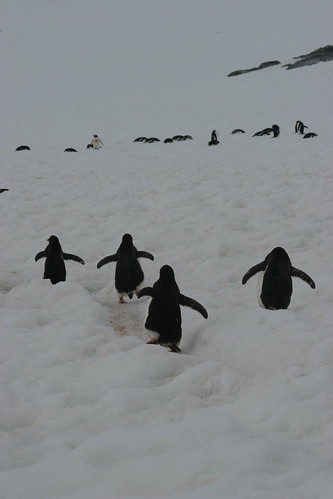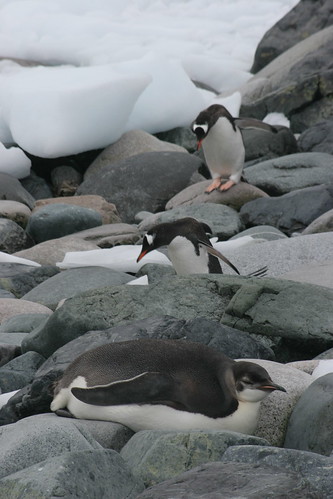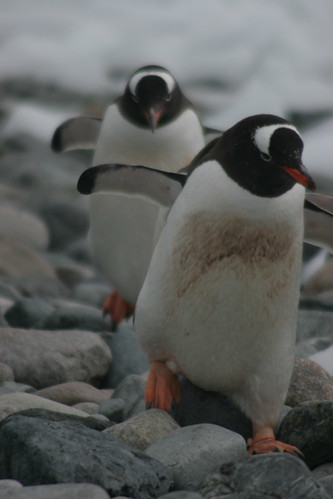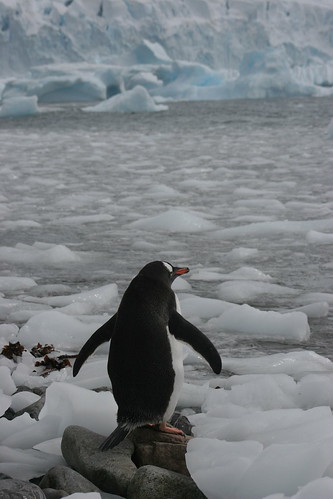Having only managed to sleep for a couple of hours I'm deliberating whether to get up for my 4am pick-up to the Tatio geothermal fields 99km out of town. I manage to make it but it's the most uncomfortable two-hour ride on a rocky uneven track in a dilapidated minivan. I abandon any hope of catching up on my sleep as I'm tossed from one end of the seat to the other.
It's dawn when we arrive and minus five degrees. I hadn't bargained for minus temperatures and even though I'm wearing three layers I could use a hat and gloves. We're at 4320 metres and I don't feel any effects of altitude until I start walking.
I try to take in what I see but I've never seen anything like this before. A field of geysers is in the process of erupting, sending plumes of steam and water into the air up to six metres high. I navigate my way carefully through the field hoping I don't accidentally step on one about to go off. Several people have died this way in the past few years. The geysers, most active between 0630 and 0830 in the morning, are formed by cold river water mixing with magma underground.
A couple of hours after sunrise it's unbearably hot again so it's off to the Puritama thermal pools for a quick dip in the luke warm waters before I head back to town to see what it has to offer.
